Excellence in leather
The Imke Disselhoff Interview
Disselhoff – Excellence in leather

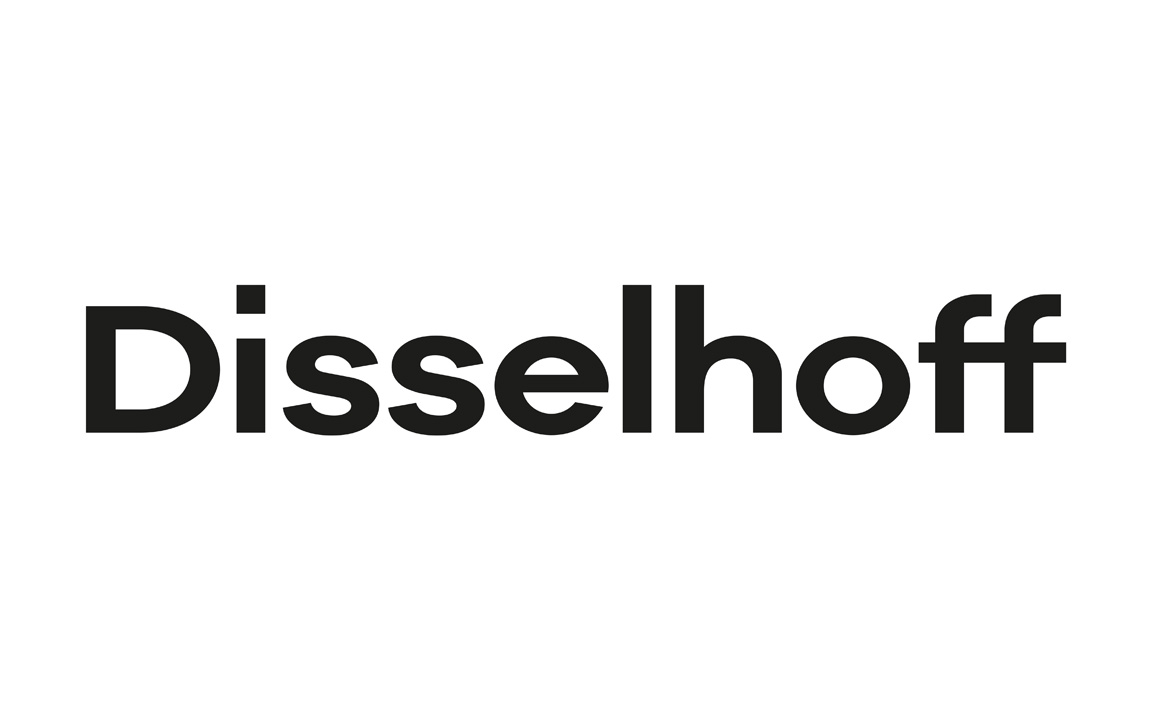
»The leather I use comes exclusively from animals that are kept in Germany under strict organic guidelines.«
Dear Imke, which factors do you pay attention to when choosing leather?
It’s very important to me that the selection of my leather does not support factory farming. And to say it right away: I would prefer that no animals were slaughtered at all. But as long as meat is eaten, I think it is only okay if you buy local organic meat and use the leather in the best possible way.
Nearly 100% of the hides processed by European tanneries are by-products of the food industry. If the tanning industry would not exist, the food industry would have to dispose of them. For me, leather processing is the most sensible way of recycling to create durable products that vegan leather alternatives cannot compete with.
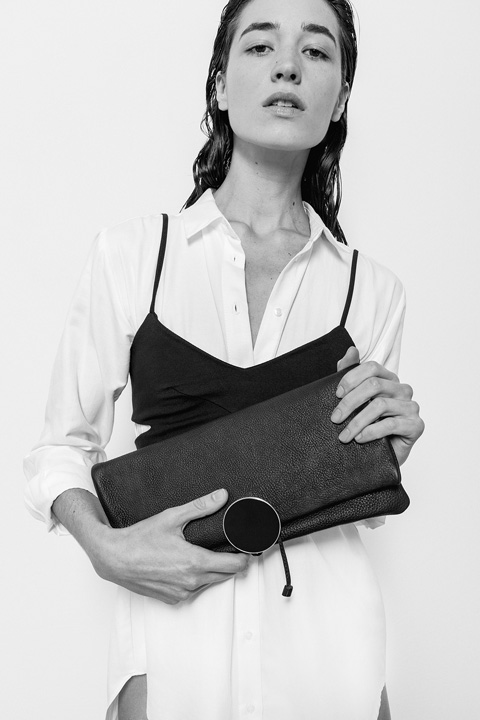
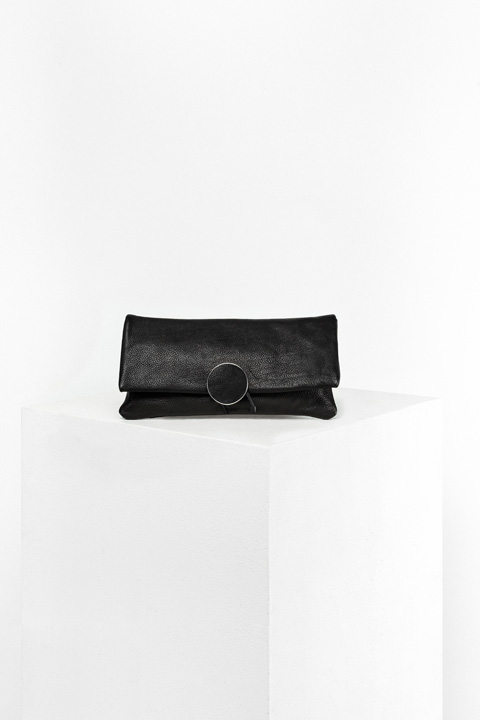
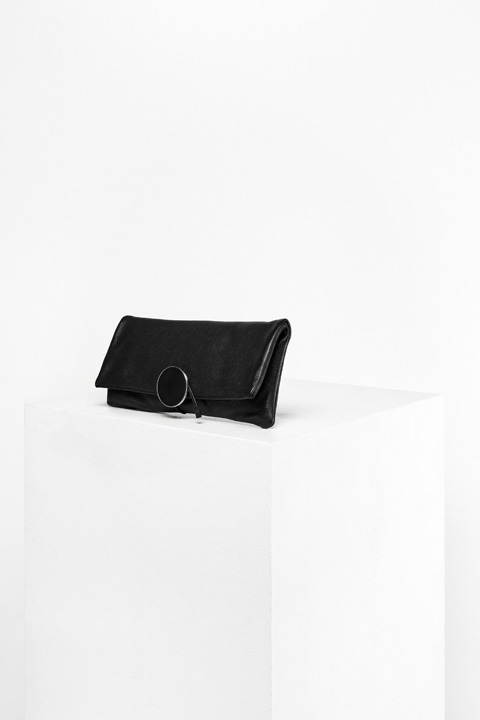

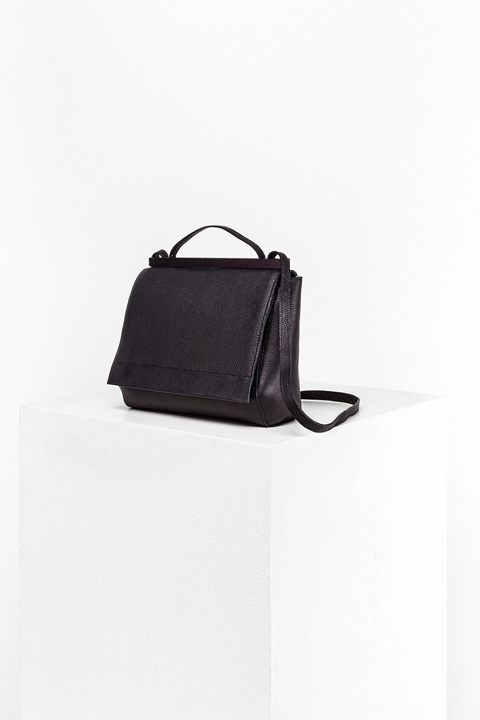
What is special about the leather you use?
The leather I use comes exclusively from animals that are kept in Germany under strict organic guidelines. These animals do not necessarily have a longer, but therefore a much more pleasant life. They are not only kept in Germany, but also slaughtered in the immediate vicinity under strict organic guidelines. Afterwards the hides are tanned in Southern Germany, so the complete production process is limited to one country.
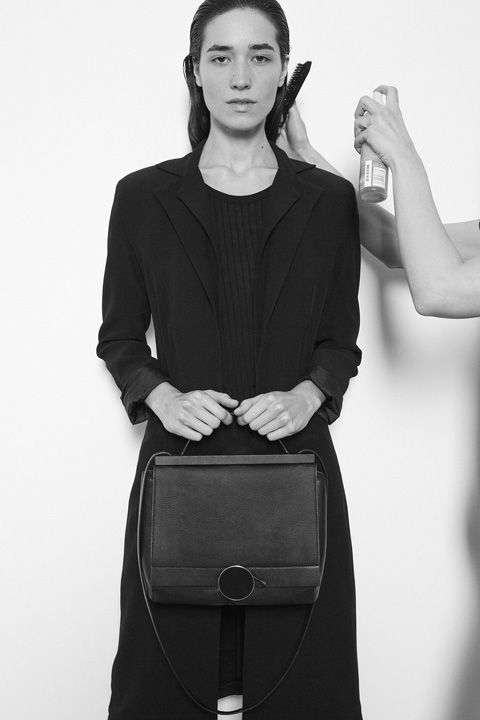
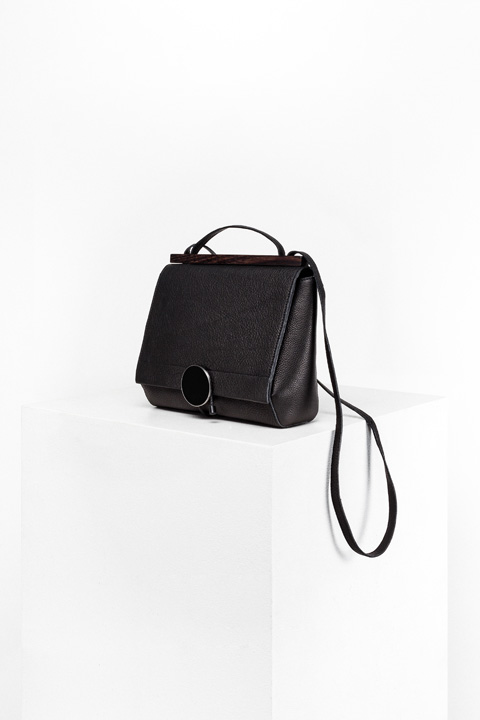
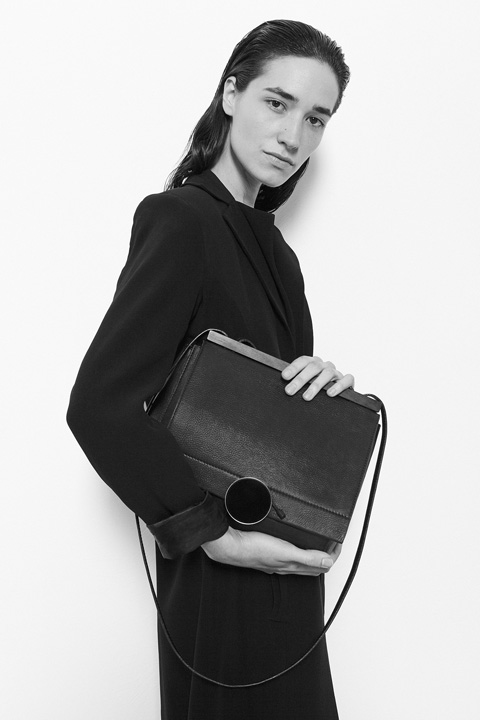
Apart from animal welfare, does this also make a difference in quality?
You can immediately make out the difference and see as well as smell and feel it. I use a Nappa leather. This is basically the upper layer of the leather, with the natural grain and pores. The leather is vegetable tanned with tara, without the addition of chrome. The Tara tanning agent is obtained from the fruit pods of the small Tara tree, which is mainly from wild stocks. During the harvest, which is an important source of income for the rural population of Peru, the trees are not damaged.
In the commercial sector, the leather is usually embossed with an artificial structure to hide blemishes and of course to ensure that every bag looks the same. In addition, the surface is sealed with synthetic materials. With my leather this is different. It can have small scars, scratches or insect bites. Of course, we try not to place these natural features in the middle of the bag. But overall,
I want to achieve that you realize through these small visible “flaws” that the animal was simply allowed to graze on the meadow. I would like to ensure that this is not seen as a depreciation but as a sign of individual quality.
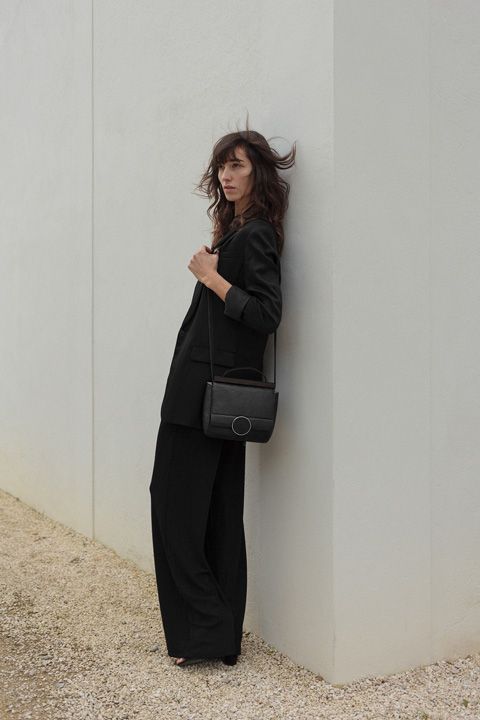
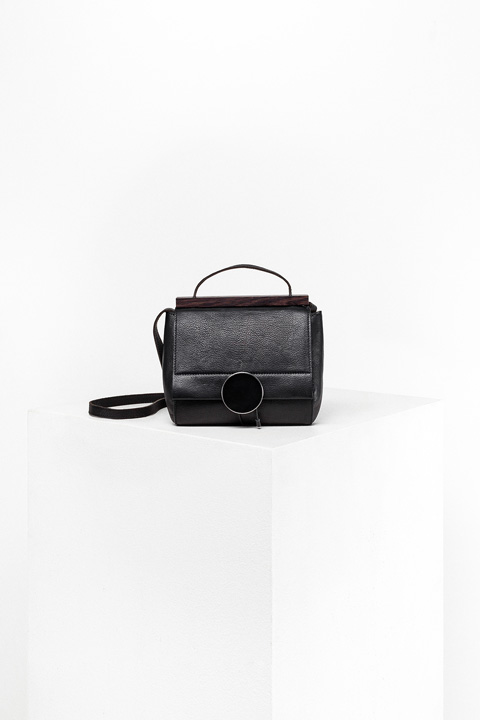
What do you think about vegan leather alternatives?
I think it’s great that a lot is happening in this area. Before I founded my label, I worked for many years in the commercial sector as a bag designer and worked a lot with imitation/vegan leather. A lot has changed in terms of appearance and especially the texture.
However, one must not forget that vegan leather is “plastic”. No matter what material the imitation leather is made of, chemical binders and coatings are always necessary. A crucial point, which clearly speaks for the use of real leather, is the fact that vegan alternatives cannot compete with the durability of real leather.
The coating quickly comes off or tears. I don’t believe in vegan materials. Especially since there’s leather on the market anyway. It doesn’t make sense for me to dispose of these accumulating skins or to leave them unused to produce something else artificially. People have been wrapping themselves in leather since the beginning of our time, 170,000 years to be precise. It is therefore one of the oldest crafts of mankind. Surely it should be possible to achieve a responsible handling by now.

You live in Basel. Can you name some sustainable hotspots?
Yes, I’m German and somehow I ended up just over the border in Switzerland, in beautiful Basel. Overall, Basel is a very exciting city, with an incredible cultural offering. There are great little shops that offer sustainable products from small labels such as Riviera, the Marinsel and ‚Stoff und Brot‘.
Thank you, Imke!


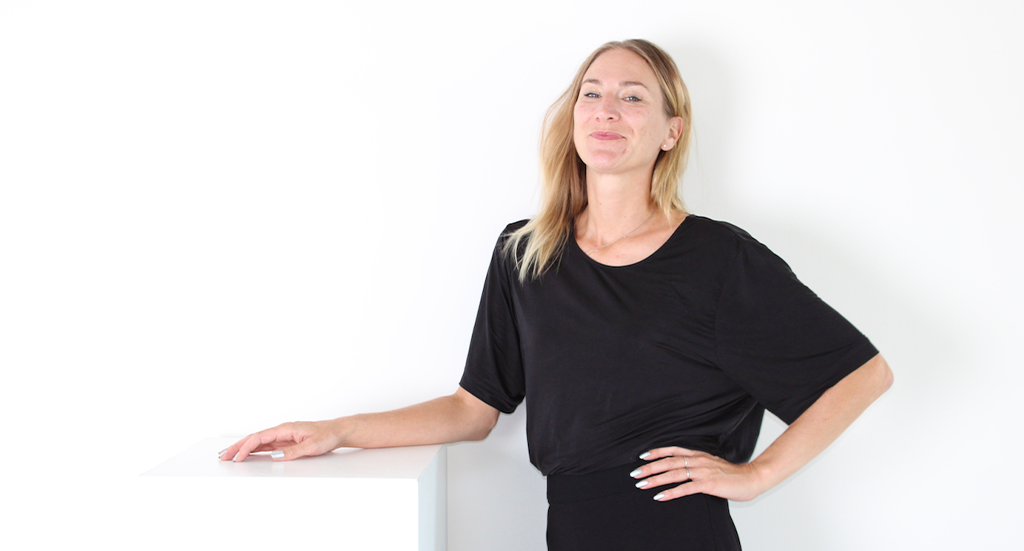
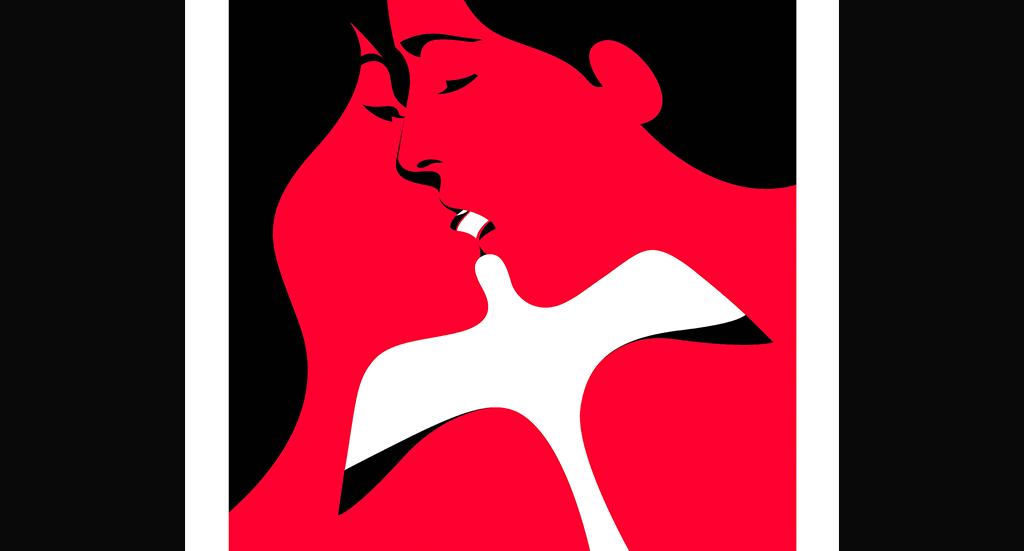
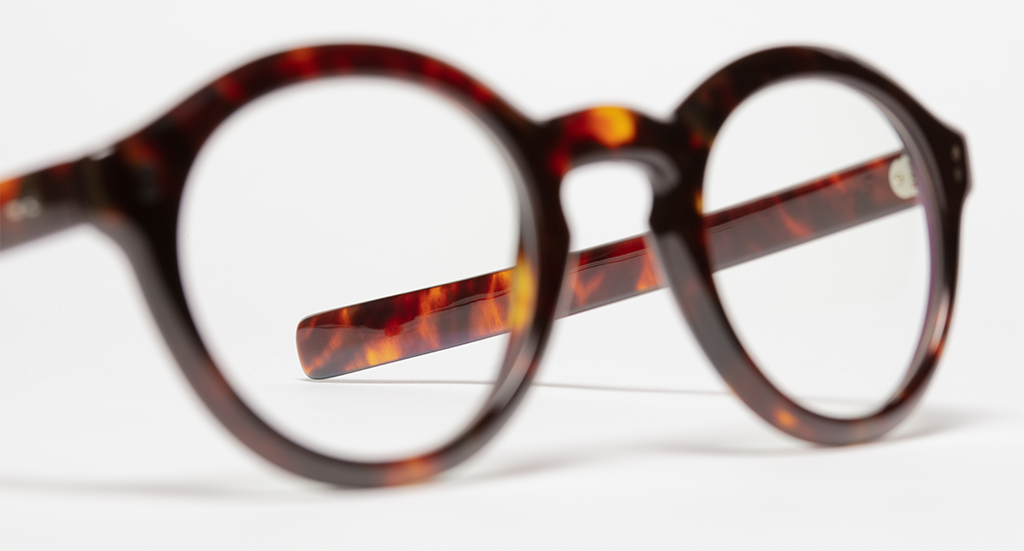

Join our Community